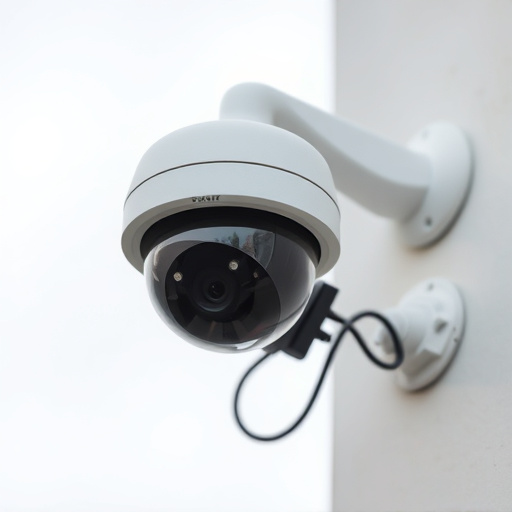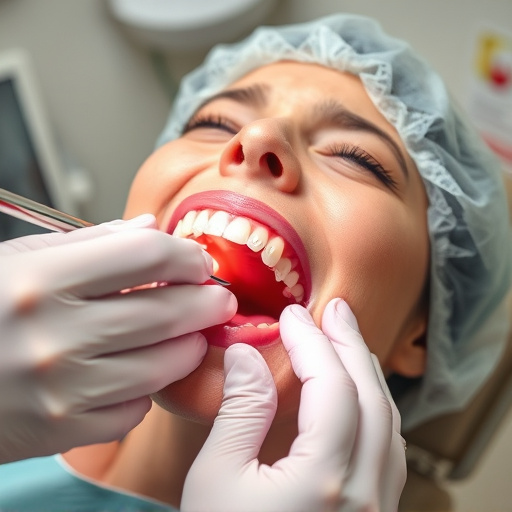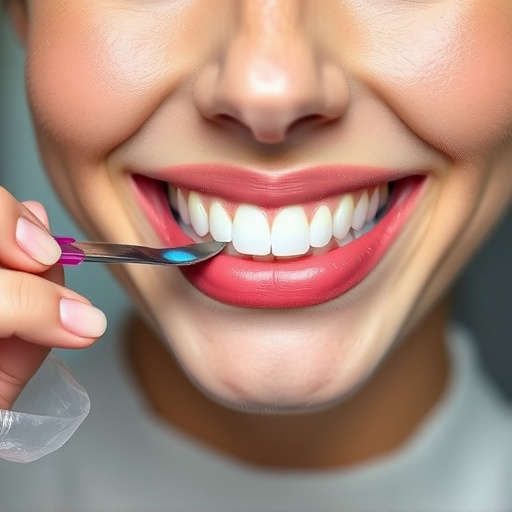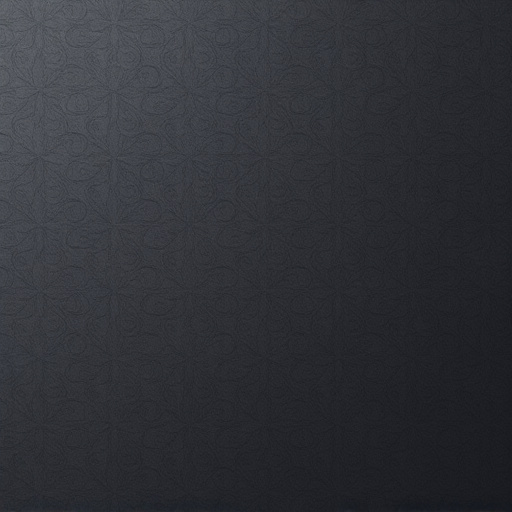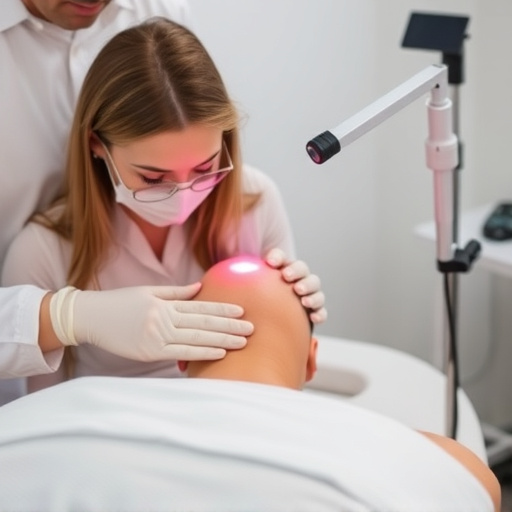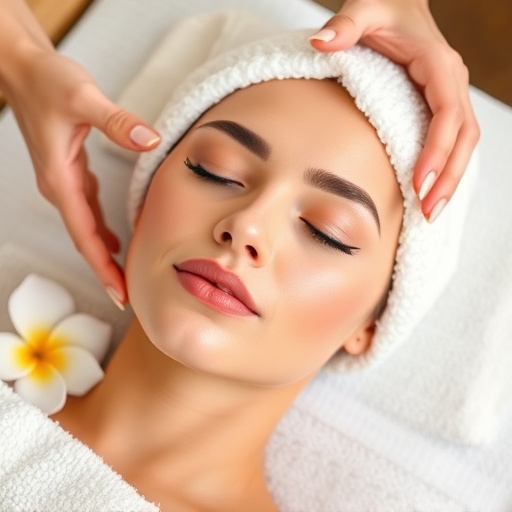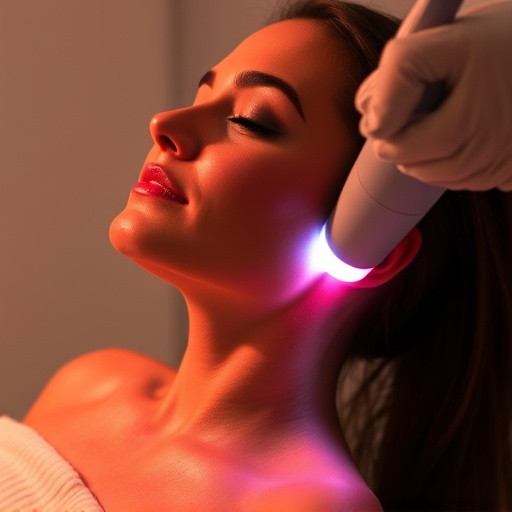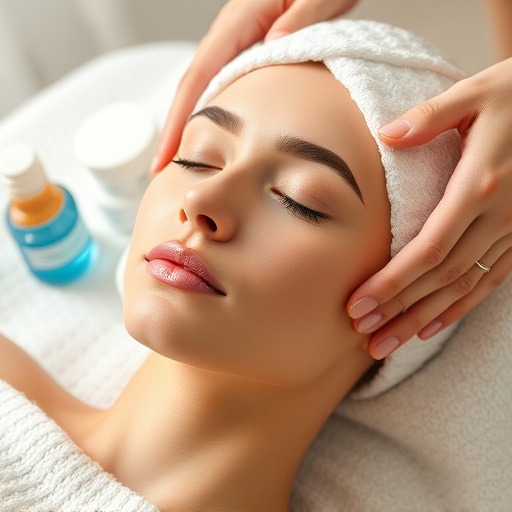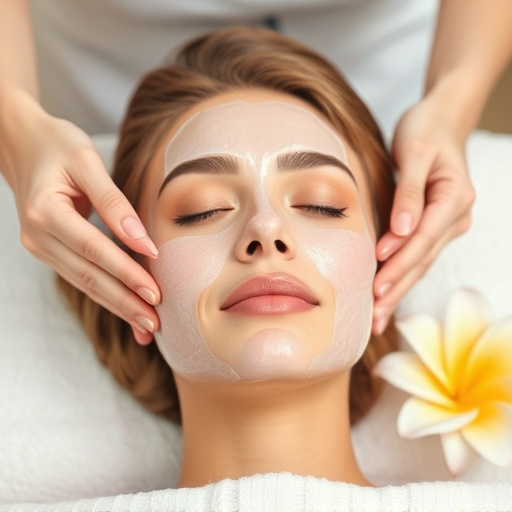Stretch marks, caused by collagen breakdown, can be treated effectively with medical spa services like microneedling, topical treatments with retinol, vitamin C, and shea butter, or non-invasive procedures such as laser therapy, chemical peels, and microdermabrasion. These options stimulate collagen production, skin cell regeneration, and elasticity for improved stretch mark appearance.
Stretch marks, often considered a cosmetic concern, result from rapid skin stretching and can leave permanent scars. However, advancements in skincare science offer hope for effective stretch mark treatment. This article delves into the intricate world of skin cell regeneration, exploring both topical solutions like creams, oils, and serums, as well as non-invasive procedures such as laser therapy. Understanding how these methods stimulate collagen production and cellular repair can empower individuals to take control of their skin’s health and appearance.
- Understanding Stretch Mark Formation and Skin Cell Science
- Topical Treatments: Creams, Oils, and Serums for Regeneration
- Non-Invasive Procedures: Laser Therapy and Other Advances
Understanding Stretch Mark Formation and Skin Cell Science

Stretch marks, those thin lines or ridges that often appear on the skin after rapid growth or weight changes, are a common concern for many. Understanding their formation is key to unlocking effective stretch mark treatment. When the skin is stretched beyond its elastic limit, collagen and elastin fibers—the skin’s structural support system—break down and are unable to snap back. This results in visible stretch marks.
Skin cell science reveals that our skin is constantly regenerating, with new cells replacing old ones. However, this process can be disrupted by various factors, including hormonal changes, rapid weight fluctuations, and poor skin health. Medical spa services like microneedling therapy have gained popularity as potential stretch mark treatment options. Microneedling involves using tiny needles to create controlled micro-injuries in the skin, stimulating collagen production and promoting skin cell regeneration. By enhancing the natural healing process, these medical spa services aim to improve skin texture and reduce the appearance of stretch marks.
Topical Treatments: Creams, Oils, and Serums for Regeneration
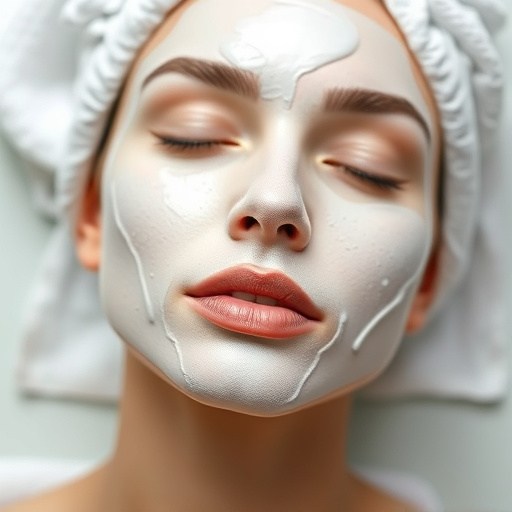
Topical treatments offer a direct approach to stretch mark treatment, focusing on enhancing skin cell regeneration and improving skin health. Creams, oils, and serums enriched with active ingredients like retinol, vitamin C, and shea butter can significantly reduce the appearance of stretch marks. These products work by stimulating collagen production, which is essential for maintaining skin elasticity and a youthful complexion.
When selecting a stretch mark treatment, consider visiting a medical spa where professionals can recommend tailored solutions. Advanced medical spa services often incorporate innovative technologies like microdermabrasion or chemical peels to exfoliate dead skin cells and promote skin brightening. These treatments, combined with the right topical applications, can lead to remarkable improvements in skin texture and tone, leaving your skin looking smoother and more radiant.
Non-Invasive Procedures: Laser Therapy and Other Advances
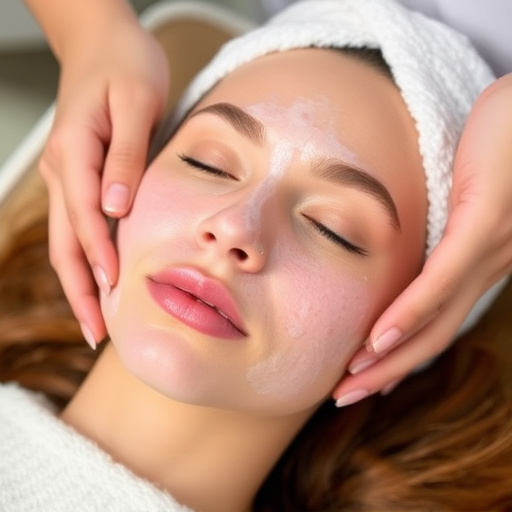
Non-invasive procedures have emerged as popular stretch mark treatment options, offering effective results without the need for surgery. Among these, laser therapy stands out due to its ability to stimulate collagen production and improve skin elasticity. Advanced laser technologies, such as fractional lasers, penetrate deep into the skin layers, encouraging healthy cell growth and reducing the appearance of scars and stretch marks.
Other innovative techniques like chemical peels and microneedling therapy are also gaining traction in medical spa services. Chemical peels use specific chemicals to exfoliate the top layer of skin, revealing smoother and more even-toned skin beneath. Microneedling, on the other hand, involves pricking the skin with tiny needles to create micro-channels, which stimulate a healing response that can enhance skin cell regeneration. These non-invasive procedures offer minimal downtime and are suitable for various skin types, providing individuals with effective stretch mark treatment options.
Stretch marks, once formed, can be challenging to eliminate completely. However, understanding the science behind their development has led to a plethora of effective stretch mark treatment options. From topical creams and oils that stimulate skin cell regeneration to non-invasive procedures like laser therapy, there are now numerous ways to minimize their appearance. By choosing the right stretch mark treatment tailored to individual needs, one can achieve smoother, more elastic skin and regain confidence in their body’s beauty.
